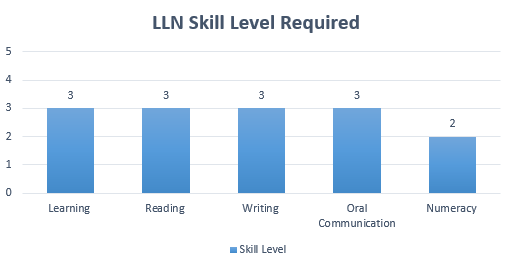Construction sites can be known for posing potential hazards and risks to workers’ safety. As such, the implementation of personal protective equipment (PPE) is crucial in safeguarding construction workers from various workplace dangers. PPE not only prevents injuries but also promotes a culture of safety and responsibility. In this article, we will explore 10 types of PPE used, and explain why PPE is important in construction. So, what is the purpose of PPE in construction? Read on to find out!
What is PPE in construction?
PPE stands for personal protective equipment. It refers to any type of equipment that is used to protect workers from injury or illness. This could include hard hats, safety glasses, respirators, gloves, protective clothing, and ear protection. PPE is an essential part of any construction site because it minimises the risk of accidents and ensures that employees stay safe while working on the job.
Why is PPE important in construction?
PPE is an important part of safety in construction sites. It prevents workers from coming into contact with hazardous materials, reduces the risk of slips and falls, and limits exposure to dangerous tools or machinery. Additionally, using PPE helps workers avoid serious injuries or illnesses that can result from improper protection.
In many cases, PPE is also an occupational health and safety requirement, helping to protect businesses from liabilities that could arise due to an employee’s injury.
10 different types of PPE in construction
While there are many different types of PPE that can be found on construction sites, below we’ve highlighted a selection of 10 common ones.
Hard hats
Perhaps the most recognisable piece of construction PPE, hard hats provide vital head protection against falling debris, objects, or impacts. A hard hat is generally required to be worn as soon as a person enters a construction site.These helmets are designed to absorb and distribute the force of any blows, reducing the risk of head injuries.
High-visibility clothing
Construction sites can be dynamic and busy places. Often there are various vehicles, machinery, and workers moving around. By using high-visibility clothing, often in fluorescent colours with reflective strips, the visibility of workers is enhanced. Increasing worker visibility helps to prevent accidents, especially in low-light conditions.
Safety glasses
The eyes can be particularly vulnerable in construction environments due to the presence of dust, flying particles, and potential chemical splashes. Safety glasses with impact-resistant lenses shield the eyes from these hazards, preventing eye injuries that could result in vision impairment or blindness.
Hearing protection
Much like safety glasses, hearing protection is often used to shield the ears from hazards that could cause them damage. Construction sites can be incredibly noisy due to heavy machinery, power tools, and other equipment, and prolonged exposure to such noise can cause hearing loss. Workers should wear earplugs or earmuffs to protect their hearing, ensuring a safer and healthier work environment.
Respiratory protection
Airborne hazards like dust, fumes, and harmful chemicals are commonly found in some construction sites. Exposure to these contaminants without adequate protection can lead to respiratory problems. Respirators or dust masks are crucial in safeguarding workers’ lungs and respiratory health.
Fall protection gear
Working at heights is an inherent part of many construction sites, making fall protection equipment vital. Safety harnesses, lanyards, and anchor points protect workers from falls, ensuring that they remain suspended safely in the event of an accident.
Safety gloves
As hands are frequently used for tasks involving sharp tools, rough materials, and potential chemical exposures, having adequate hand protection is crucial. Safety gloves made from materials such as leather, Kevlar, or rubber provide essential protection against cuts, abrasions, and chemical contact.
Steel-toed boots
Construction sites can pose a risk of heavy objects or equipment falling onto workers’ feet, causing severe injuries or fractures. Steel-toed boots provide additional protection to the toes and feet, reducing the impact of such accidents and preventing potentially serious foot-related injuries.
Knee pads
Workers in construction often spend considerable time kneeling or working on their knees, leading to knee strain and potential injuries. Knee pads provide cushioning and support to the knees, reducing the risk of chronic pain or acute injuries.
Protective clothing
Certain construction tasks may involve exposure to hazardous materials or extended periods of sunlight. In such cases, protective clothing, such as coveralls or chemical-resistant suits, provide a barrier between the worker’s skin and hazards, minimising the risk of skin irritation or damage.
Personal Protective Equipment is an integral part of construction site safety protocols. Each type of PPE serves a specific purpose in safeguarding workers from potential hazards, ensuring a secure and healthy working environment.
The importance of PPE in construction is covered in your white card course. If you’d like to learn more, Express Online Training offers affordable white card courses that can be completed online and at your own pace.



